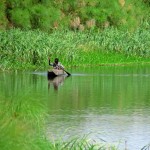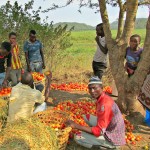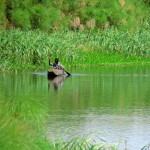
In any shared basin there are upstream and downstream impacts that can affect users of the shared water resources. These impacts, sometimes called “drivers”, range from policy and economic activity, to pollution and diversion actions. The Mau Forest Complex, the largest…













Recent Comments